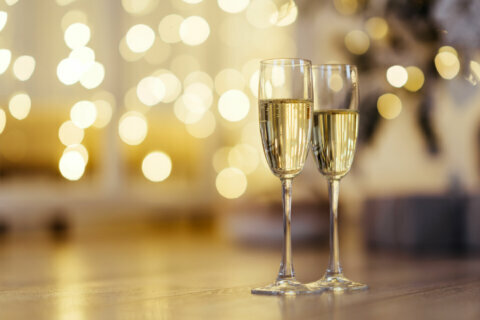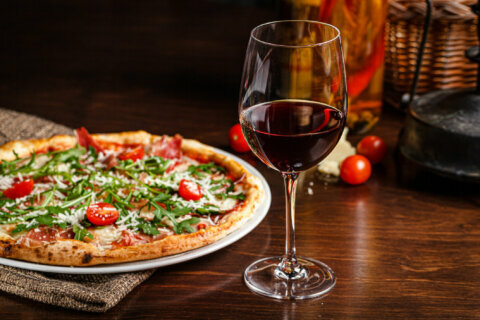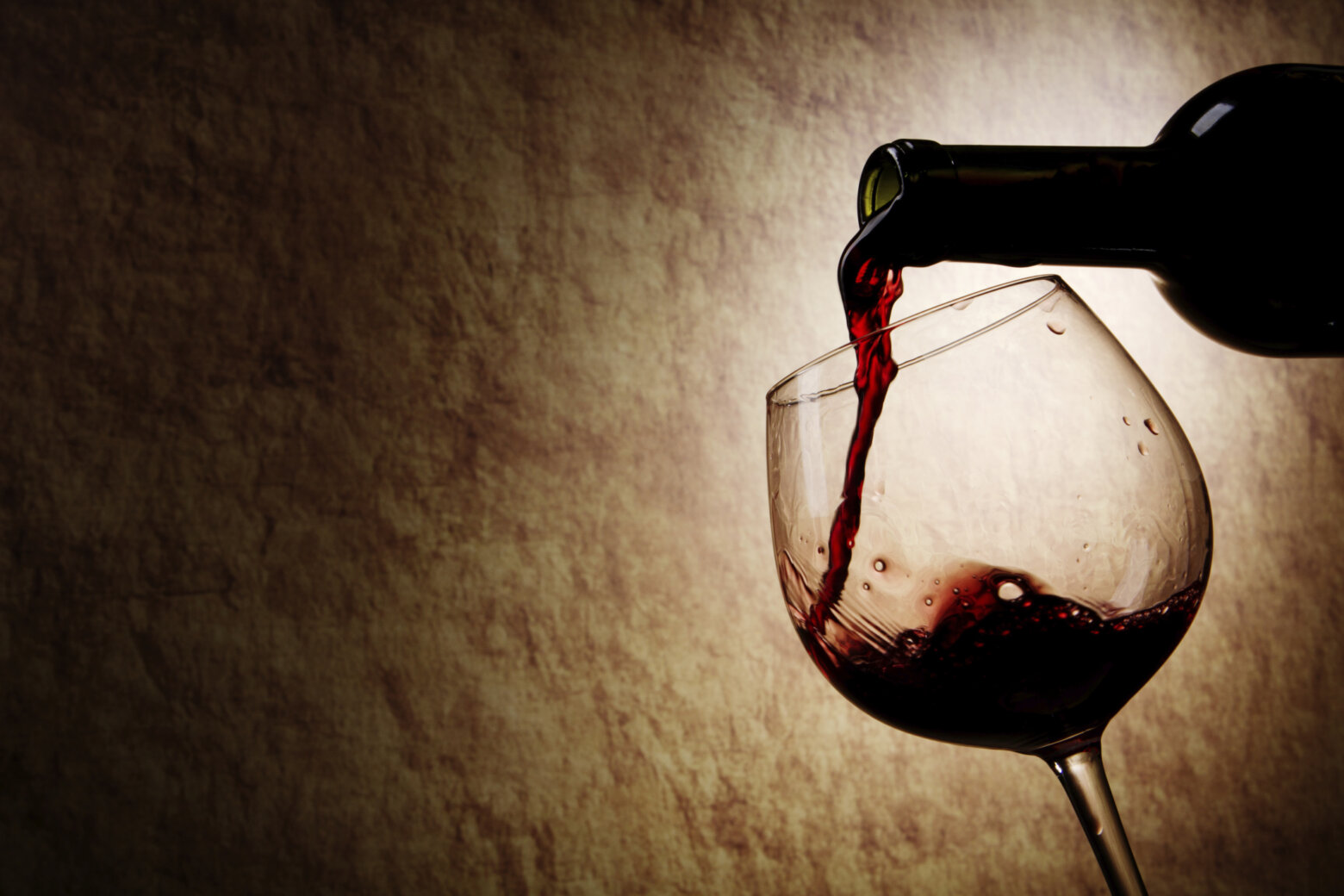The holiday season is wrapping up and, hopefully, what’s left of your energy can now be focused on one last detail: which wines to serve on New Year’s Eve.
Whether you celebrate with caviar, crepes or crabcakes, a great bottle of wine shared with friends and loved ones can make a special occasion a memorable experience. And guess which wine goes with just about anything … Champagne!
One of the great mysteries of the wine world is why so many wine-savvy consumers only drink sparkling wines or Champagne on special occasions. It’s a shame, really, since these wines are incredibly versatile and pair well with a variety of foods, and are also swell on their own.
Lily Bollinger, the former indomitable owner of the Champagne house bearing her name, put it best when she famously said, “I only drink Champagne when I’m happy, and when I’m sad. Sometimes I drink it when I’m alone. When I have company, I consider it obligatory. I trifle with it if I am not hungry and drink it when I am. Otherwise I never touch it – unless I am thirsty.”
In other words, it’s good all of the time. However, sales of Champagne are seven times higher during the week before New Year’s Eve than in an average week throughout the rest of the year. This means that a lot of wine-lovers are missing out on a great opportunity to discover how practical, yes, I said practical, Champagne can be. We are never caught without a chilled bottle of bubbly in the fridge just in case the mood strikes, or friends drop by unexpectedly – and especially when they are expected.
But, if you happen to be one of those once-a-year Champagne consumers, here is a quick primer on bubbly that might come in handy during your trip to your favorite wine shop.
First, only wines made in the tiny Champagne region in France — using the strict Méthode Champenoise — can be called Champagne (as denoted by the capital “C” in the name). All other champagne-style wines are referred to as “sparkling wines.”
Most mid-level priced champagnes ($25 to $50) are “non-vintage” or “NV.” This means that it’s a blend from several other years’ worth of wines from the same winery. For example, a current non-vintage Champagne might be made up mostly of the 2016 vintage mixed in with a little of the 2015 vintage and topped off with bits and pieces of the 2014 and 2013 vintages.
Vintners use this method to maintain a “house style” in their wines from year to year. A “vintage” Champagne is always designated by a specific year on the bottle and is made entirely from grapes harvested that year. Just like all wines, there are good vintages and not so good vintages. Unless you know specifically what year you’re looking for, most NV’s are a good choice and can be enjoyed right away.
Champagnes are also made from three different grape varietals: chardonnay, pinot Meunier and pinot noir. A Champagne labeled “Blanc de Blancs” (white from whites) is made entirely from chardonnay. “Blanc de Noirs” (white from reds) denotes that the wine was made from red grapes such as Meunier or pinot noir. Most “Brut” Champagnes are made from a combination of chardonnay, pinot noir and pinot Meunier are considered to be dry. But a Champagne labeled “Extra Dry” is actually a little sweeter than Brut and “Dry” is sweeter than Extra Dry. Lastly, “Extra Brut” is, well, totally dry.
In order to fully appreciate Champagne, serve it chilled in a small white wine glass or “tulip” style glass. While a tall flute-style glass is certainly elegant and shows off the bubbles, a glass with a larger bowl allows you to fully appreciate the bouquet of the wine and will definitely enhance your experience.
So this New Year’s Eve, while you’re enjoying a wonderful bottle of bubbly, make a new resolution for the New Year to drink more Champagne. Take a lesson from famed author and bon vivant F. Scott Fitzgerald, who once proclaimed, “Too much of anything is bad, but too much Champagne is just right.”
As referenced above, one of the best values for authentic Champagne is a Non-Vintage wine, where the final product is a blend of wines made from prior years in order to maintain a certain style. A wonderful example is the Non-Vintage Montaudon Brut from Epernay, France. The tightly packed bubbles add a certain degree of elegance as they deliver lovely notes of apple, pear, citrus and roasted almonds across the entire palate. Toasted hazelnuts are featured on the crisp, balanced finish. Enjoy it with soft cheeses and fresh fruit. $35
Many vineyard owners in Champagne sell the majority of their grapes to the big Champagne houses, but some growers actually keep their fruit and produce wines for their own label. The Gimonnet family has been doing exactly that for fruit for over half a century. Their Non-vintage Pierrer Gimonnet & Fils Blanc de Blancs Brut Champagne is made exclusively from chardonnay grapes from top vineyard sites and boasts flavors of creamy lemon and nectarine are elegantly woven around a core of acidity and minerality. The tiny, precise bubbles gives the wine a wonderful sense of balance and structure. I actually had this wine on Christmas Day with a dollop of caviar and it was exquisite. $40
If you’re looking to add a little color for the occasion, the Non-vintage Piper Heidsieck Rosé Sauvage is a delicious choice. A rosé version of their popular Brut non-vintage Champagne, it is a blend of approximately 50 percent pinot moir, 35 percent pinot Meunier and 15 percent Chardonnay. The lovely red hue is achieved by adding still red wine to the Brut finished blend, making it a fairly intense rosé Champagne. It sports lovely scents of dark cherry and wild strawberry. Supple black cherry, black plums and red berry fruit flavors offer surprising depth. Mouthwatering mineral-laden acidity mesh with hints of baked bread on the beautiful finish. Enjoy it on its own, or for a real treat, serve it with barbecued chicken. $50
A very reasonable way to stick your proverbial toe into the pool of vintage Champagnes is with the 2007 Montaudon Brut Vintage Champagne, which is a blend of equal parts pinot noir and chardonnay. The fragrant scents of green apple and buttered toast on the nose lead to flavors of baked apple, ripe pear, roasted hazelnuts and candied ginger on the palate. The structure is full-bodied and the finish, featuring notes of toasted almonds, is round and full. My wife loves this wine with potatoes Dauphinois. $50







